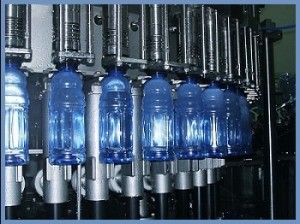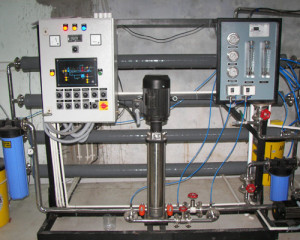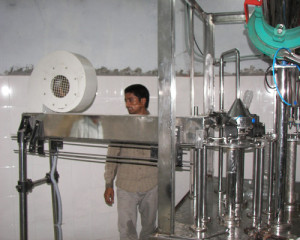If it is about taking charge of a mineral water project or about starting a mineral water plant on your own taking a mere distributorship then there are endless points one needs to
consider before plunging into the real time scenario.
The first and foremost questions to bug you are as follows,
• What is the Profit Margin?
• How much is the investment?
• How much is the ROI (Return on Investment)?
• What are the Risk Factors?
• How to minimize the Risk Factors?
Now, in order to come to a conclusion about the profit margin, one needs to think over the mode, bottle, jar, pouch or just all of them? In case you are trying to have your o
wn brand
promoted then it is a must to decide on the product mix. In case, you will just undertake a distributorship the choice is rather limited.
Whatever it is, your decision is going to get influenced by the following elements,
• Investment
• Space
• Profit Margin
• Power
Investment: The amount of investment truly depends on the type and capacity of the mineral water project and plant. Thus, it comes down to square one to the concept of the product
mix of bottles, jars and pouches. It can be a mix of all three or just a jar or a pouch plant. The standard module of all the plants bears a capacity of 2000 LPH. After the type of the plant
is de4cided then the next point to concentrate on will be the choices of machinery and equipment. The other expenditure will include,
• Utility expenses such as, Water Electricity Air Conditioning, air Compressor etc.
• Liaison Expenses such as, ISI License & other Government License expenditure.
• Consultancy Charges towards ISI Consultancy project funding etc.
• Building Cost covering Construction and the interior cost.
ROI: If the plant is run professionally then the mineral water plant will start generating returns within 3 years.
Risks: The risk factors include,
• Absence of parallel execution system
• Absence of Coordination
• Absence of documentation
• Failure in execution





